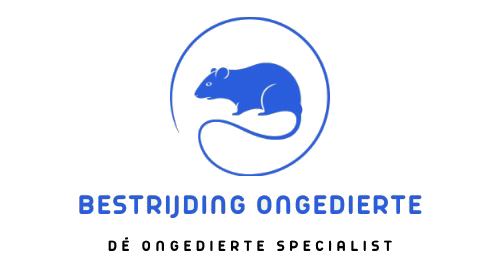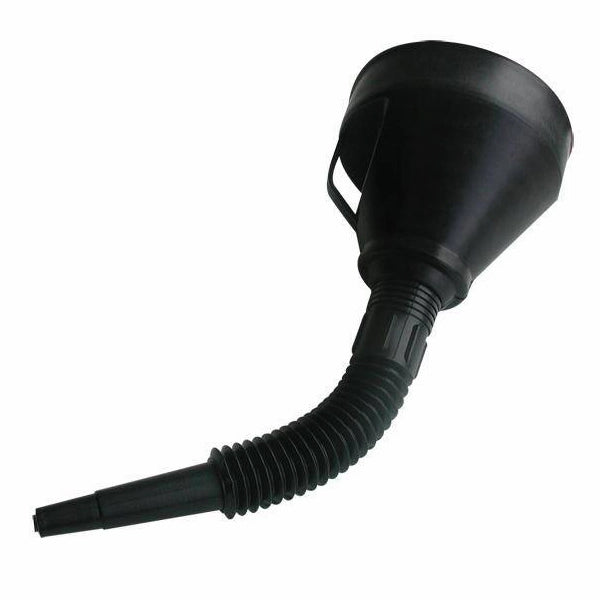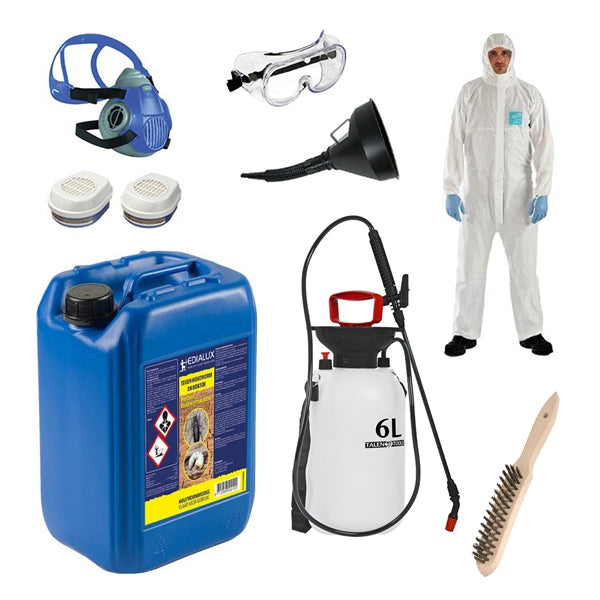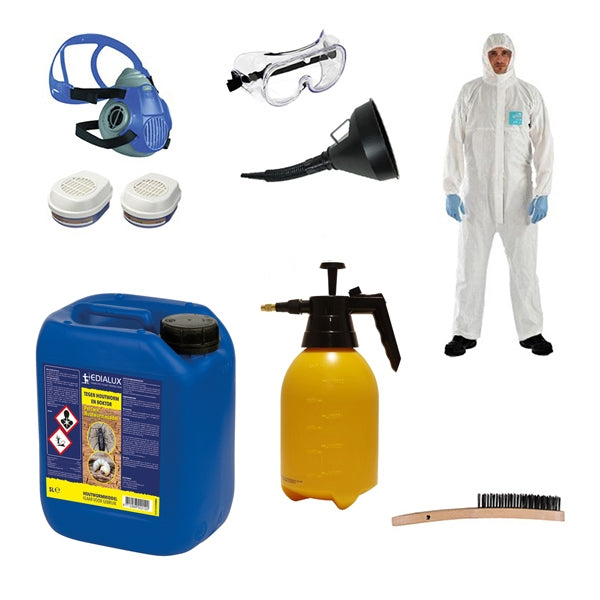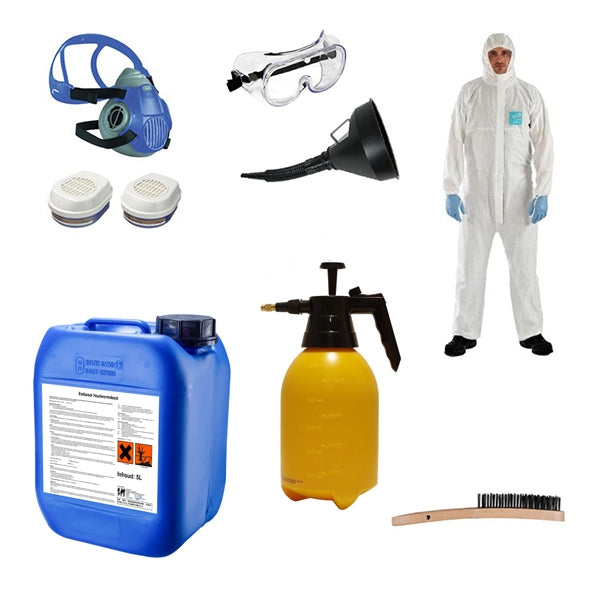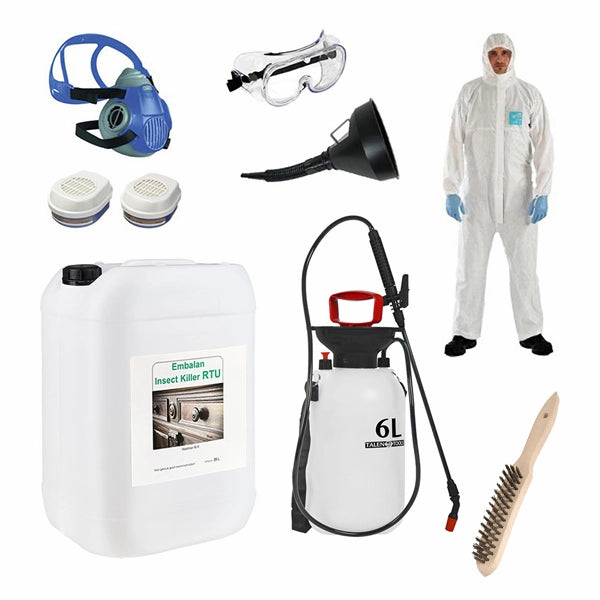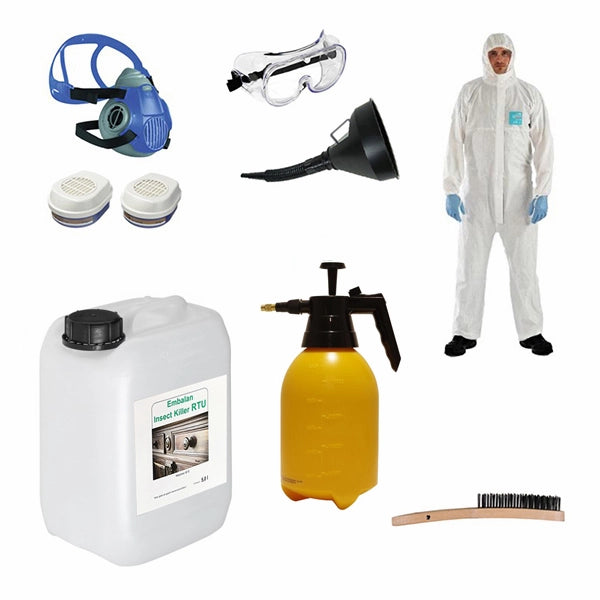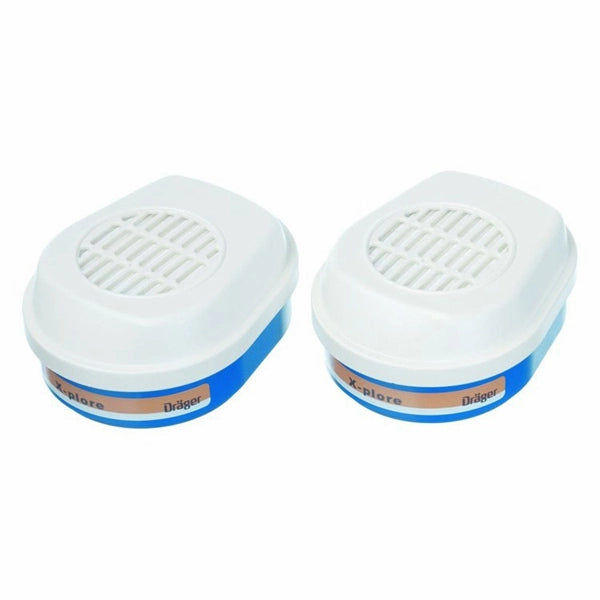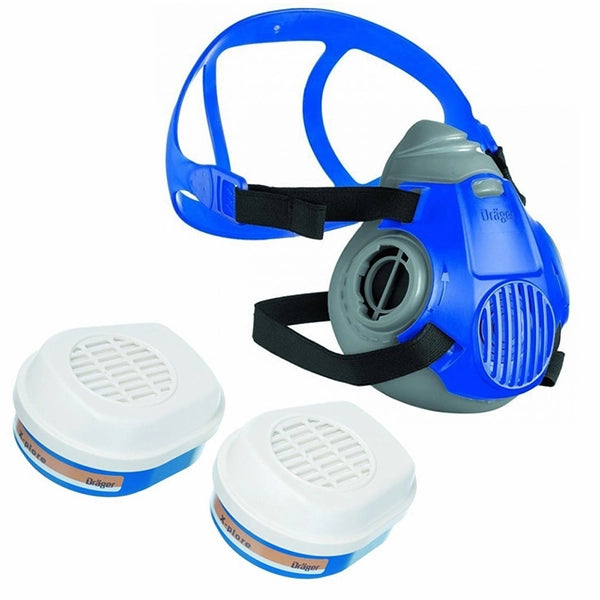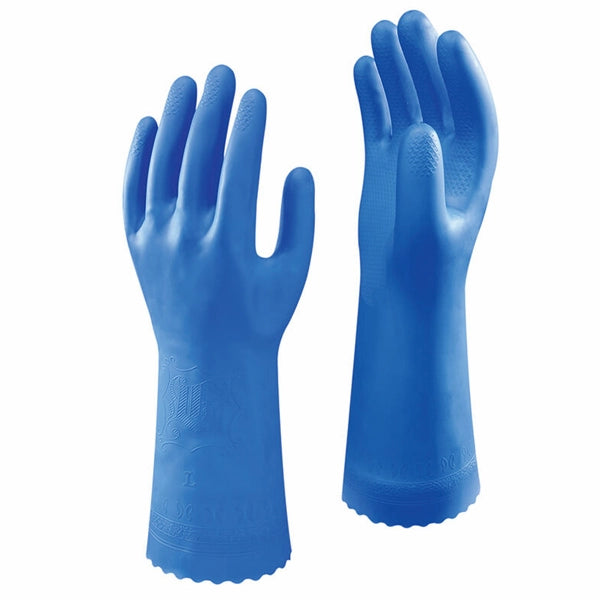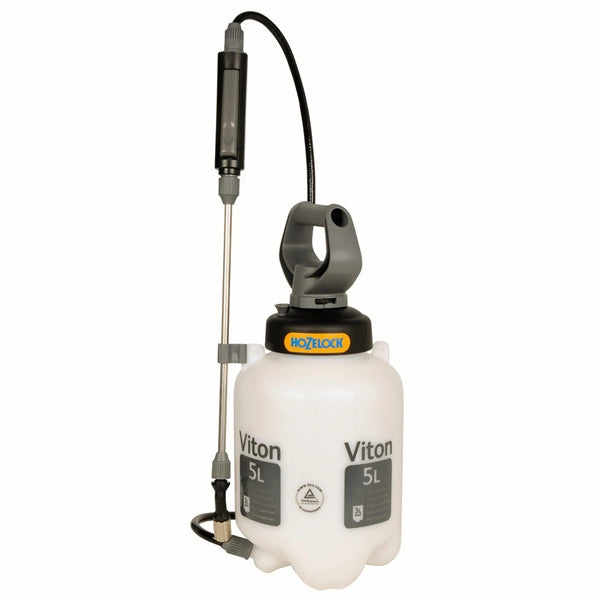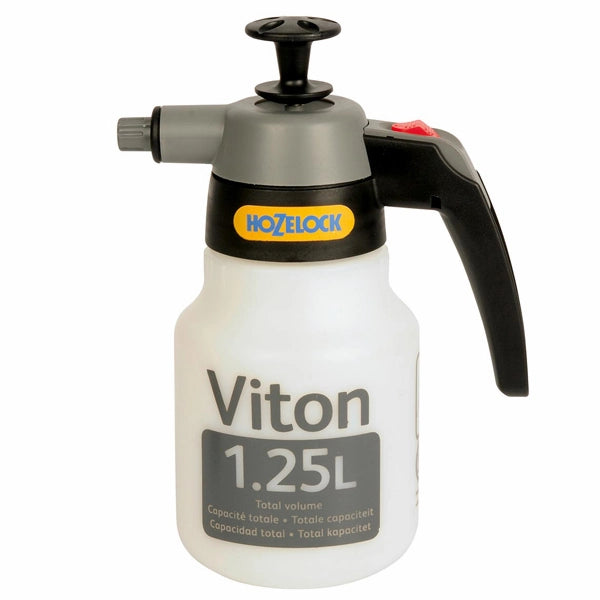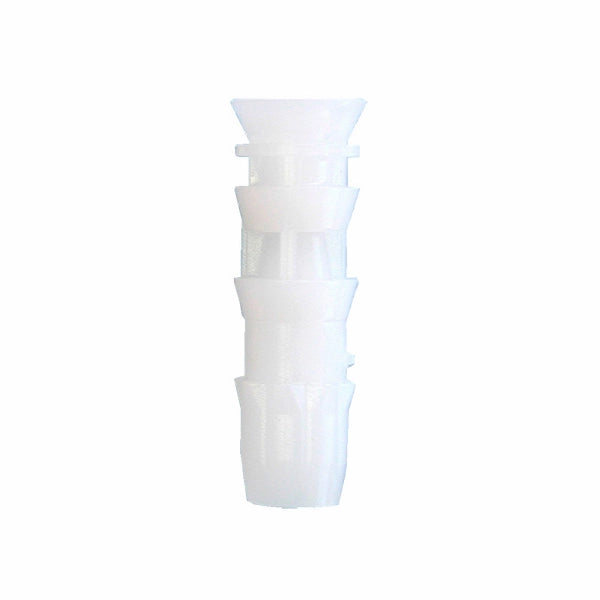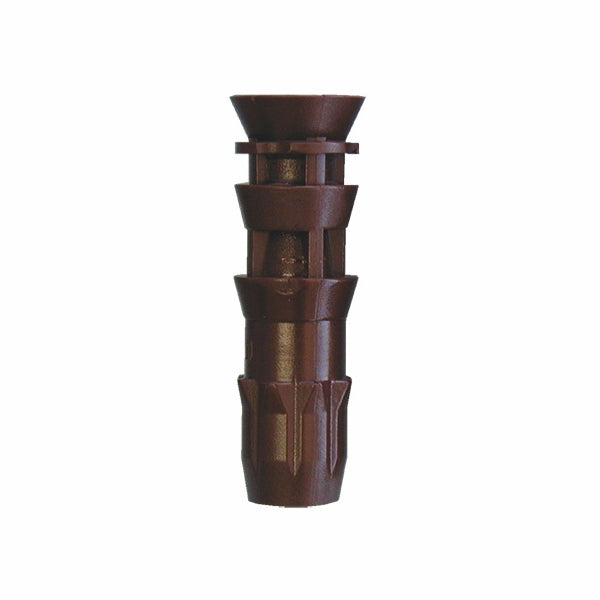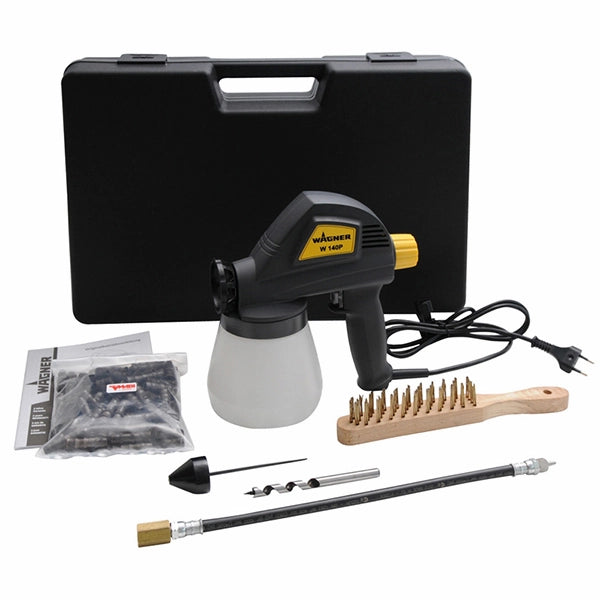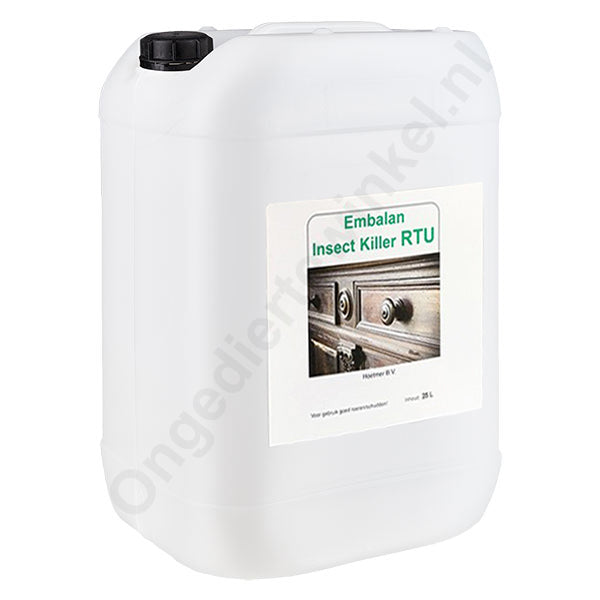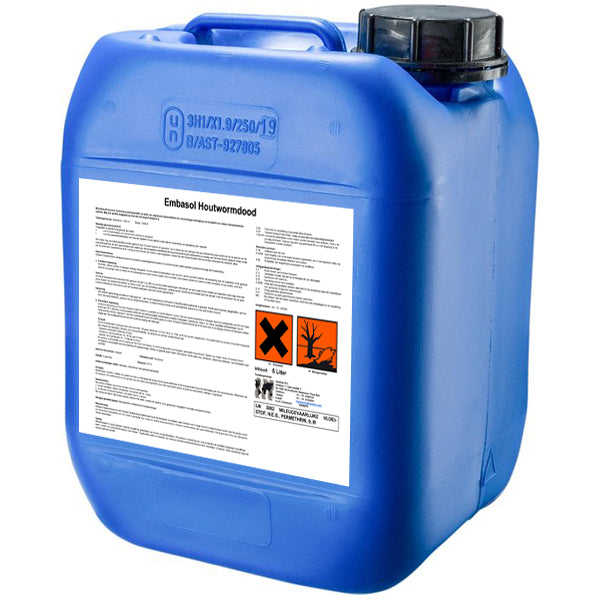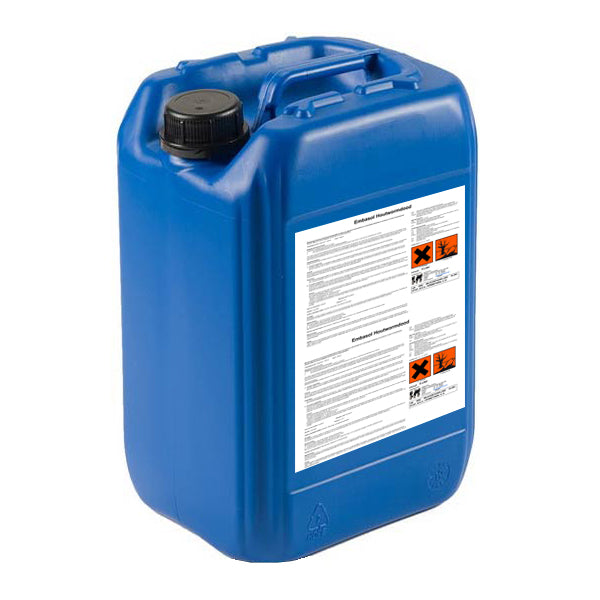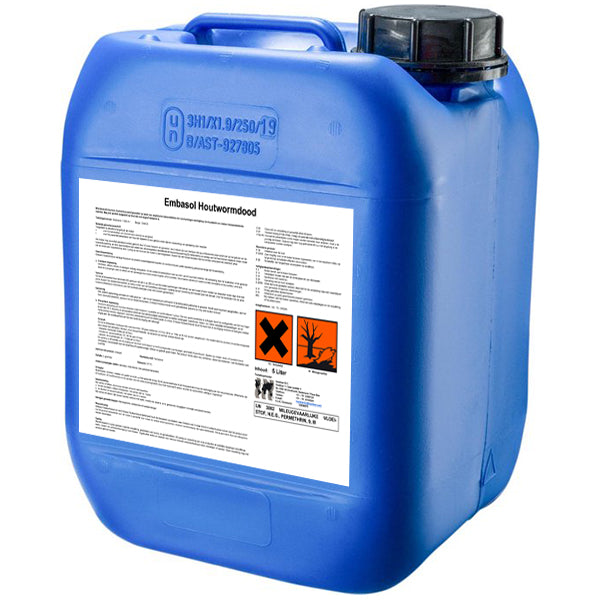Longhorn beetle
Fight longhorn beetle yourself
With the products from Pest Control you can easily and safely combat longhorn beetles yourself. Our longhorn beetle pesticides are also used by professional controllers and also offer a warranty of up to 10 years.
Longhorn beetle can cause major damage, so it is therefore important that you take the right measures. In addition, it is of course also important that the control of longhorn beetles is done safely and these products are all available in our online store.
Recognizing longhorn beetle
longhorn beetles are a type of wood borer beetles. They are often black, with long antennae that can be twice as long as their body. Longhorn beetles can attack both hardwood and softwood, and their larvae can bore through the wood, causing extensive damage. To control these pests, it is important to remove infested wood and keep the area around the infestation clean and free of debris. In addition, chemical treatments may be necessary to eradicate these insects. If you suspect that your property has been infested with longhorn beetles, it is important to contact a professional pest controller as soon as possible.
Longhorn beetle in the house
Longhorn beetles are a serious problem for many crops, including corn, soybeans and cotton. These beetles cause extensive damage to leaves and stems of plants, which can lead to yield loss and reduced quality. There are several methods that can be used to control longhorn beetle populations. A common method is to use crop rotation. This involves planting a different crop in the same field each year, which helps to break the life cycle of the longhorn beetle and limit the amount of damage it can cause. Other methods include the use of pesticides and biological control, such as ladybugs and parasitic wasps. A combination of these methods makes it possible to effectively control longhorn beetle populations and protect crops from damage.
Chase away longhorn beetle
Longhorn beetles are a type of wood borer beetle that can cause significant damage to trees and shrubs. Their larvae bore through the wood of their host plant, causing the plant to weaken and eventually die. Adult longhorn beetles are about 1/2 inch to 1 inch long, with long, slender antennae that can be twice as long as their bodies. They are dark brown or black in color, with distinctive stripe or band patterns on their wing coverts. There are several species of longhorn beetles found throughout North America. Some of the most common are the cottonwood borer, the elm borer and the ash borer. Although longhorn beetles usually attack dead or dying trees, they can also attack healthy trees if their population is large enough. Longhorn beetle control can be difficult because these insects are often difficult to detect until they have already caused significant damage to their host plant. Early detection is the key to preventing significant damage. Visually inspect trees and shrubs regularly for signs of damage, such as exit holes or sawdust-like debris around the base of the plant. If you suspect your plant has been affected by longhorn beetles, contact a certified arborist or pest controller for assistance.
